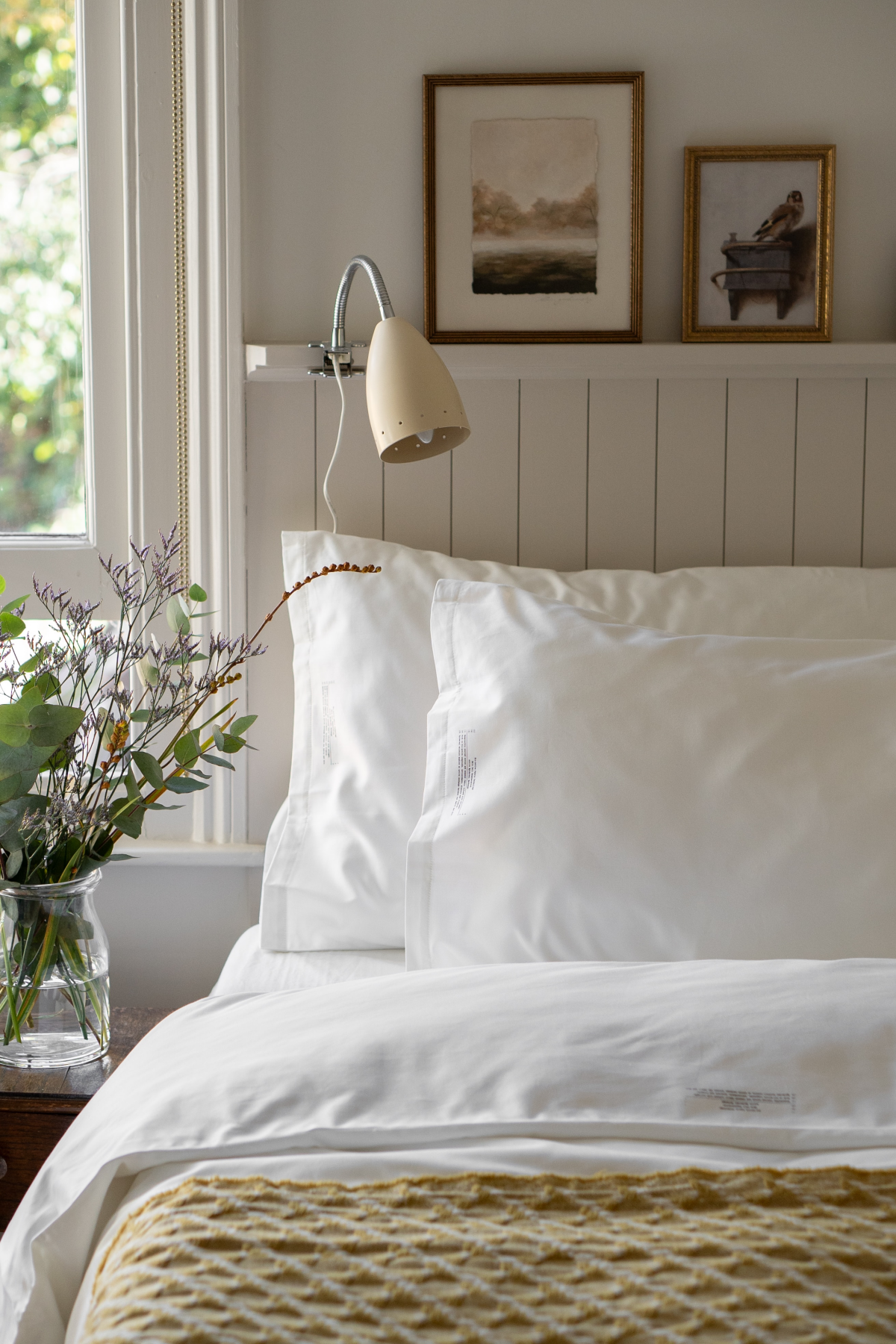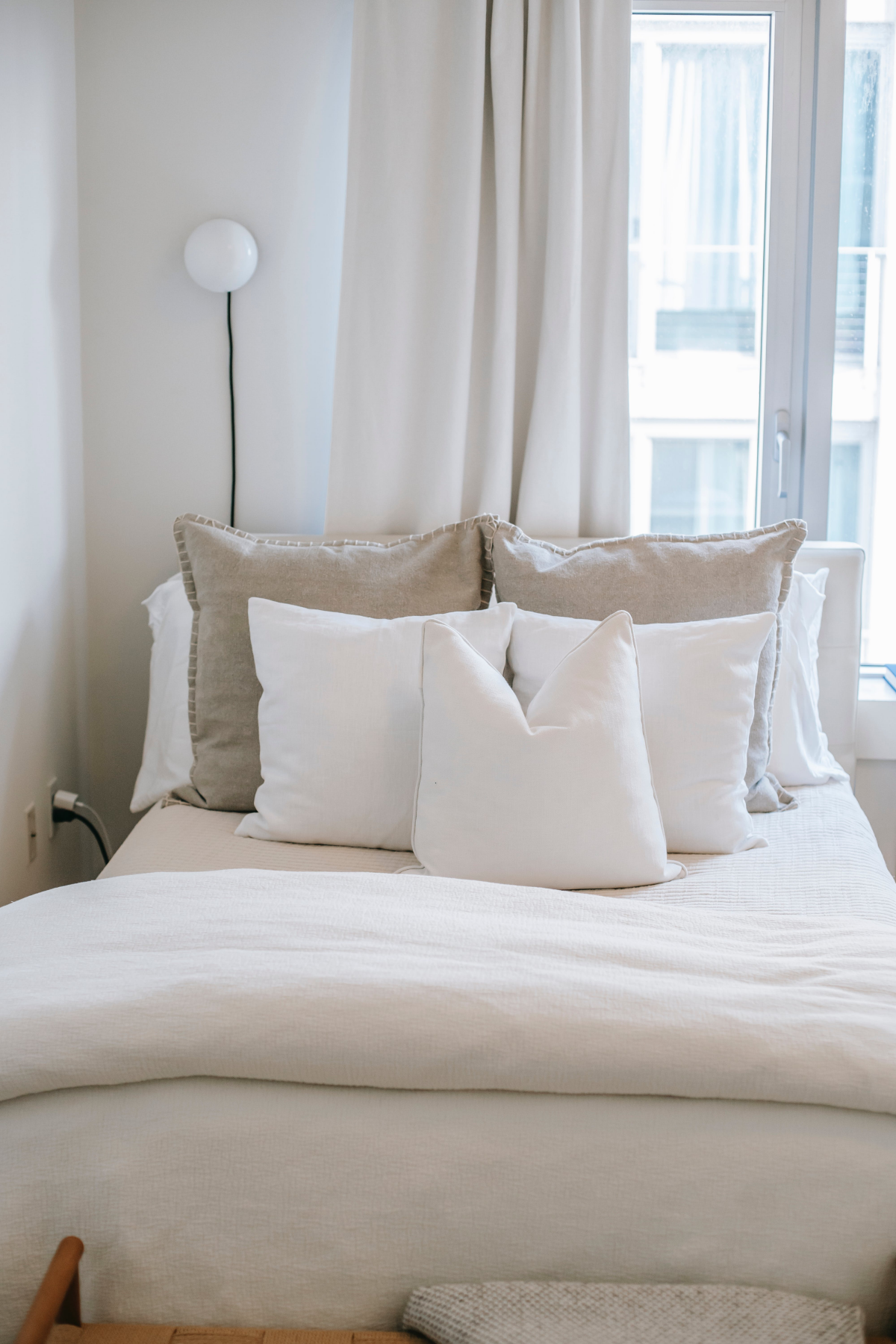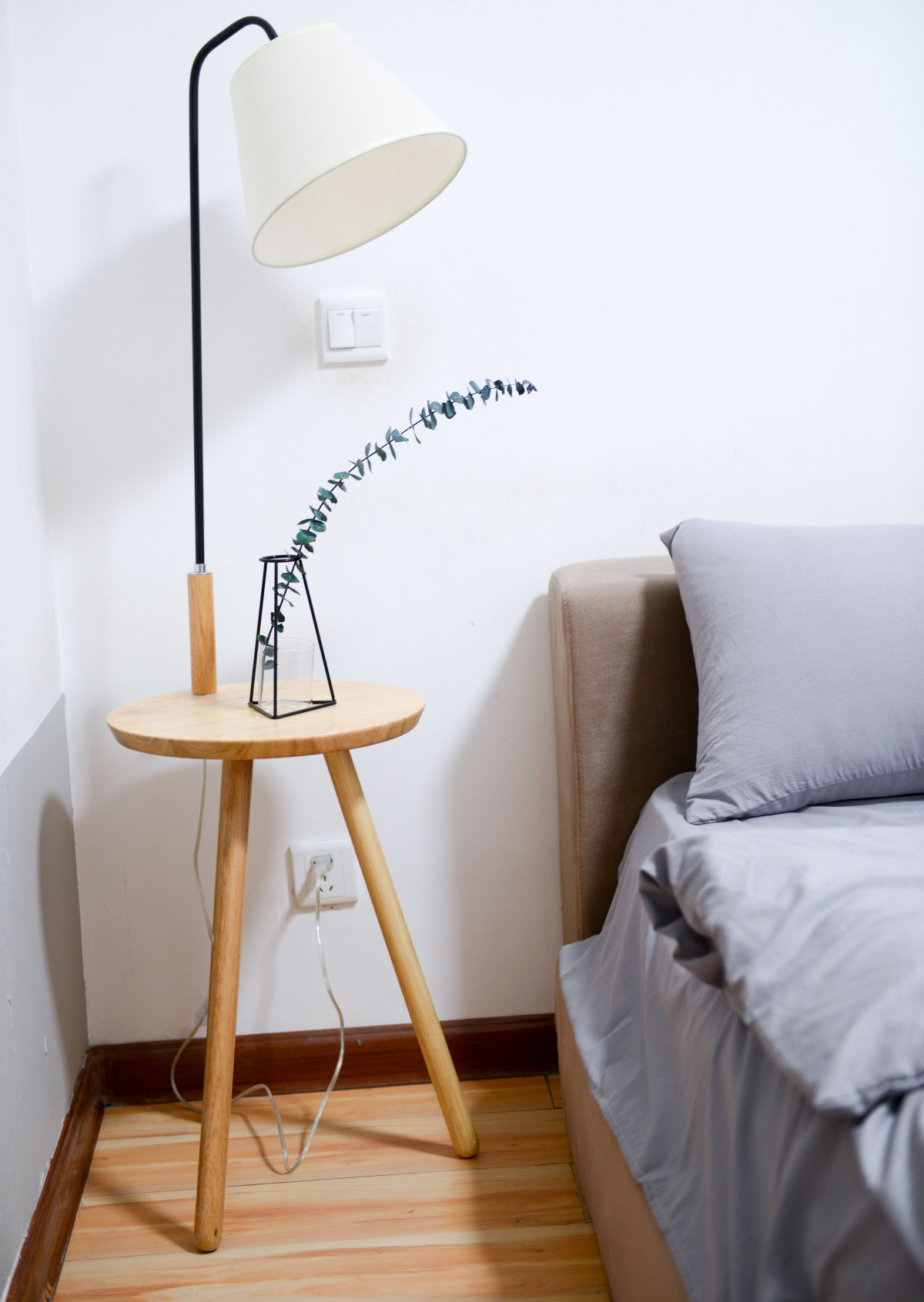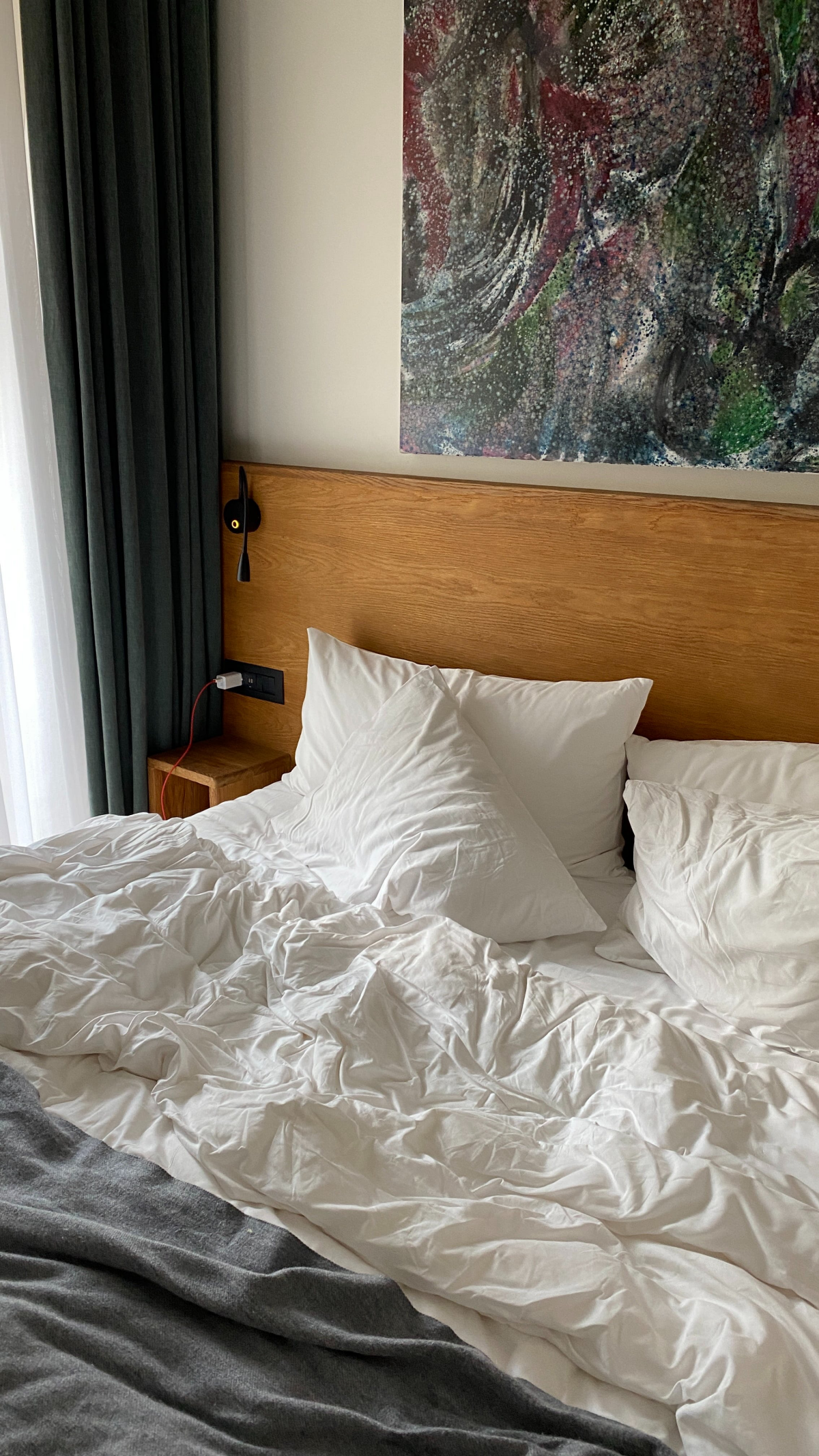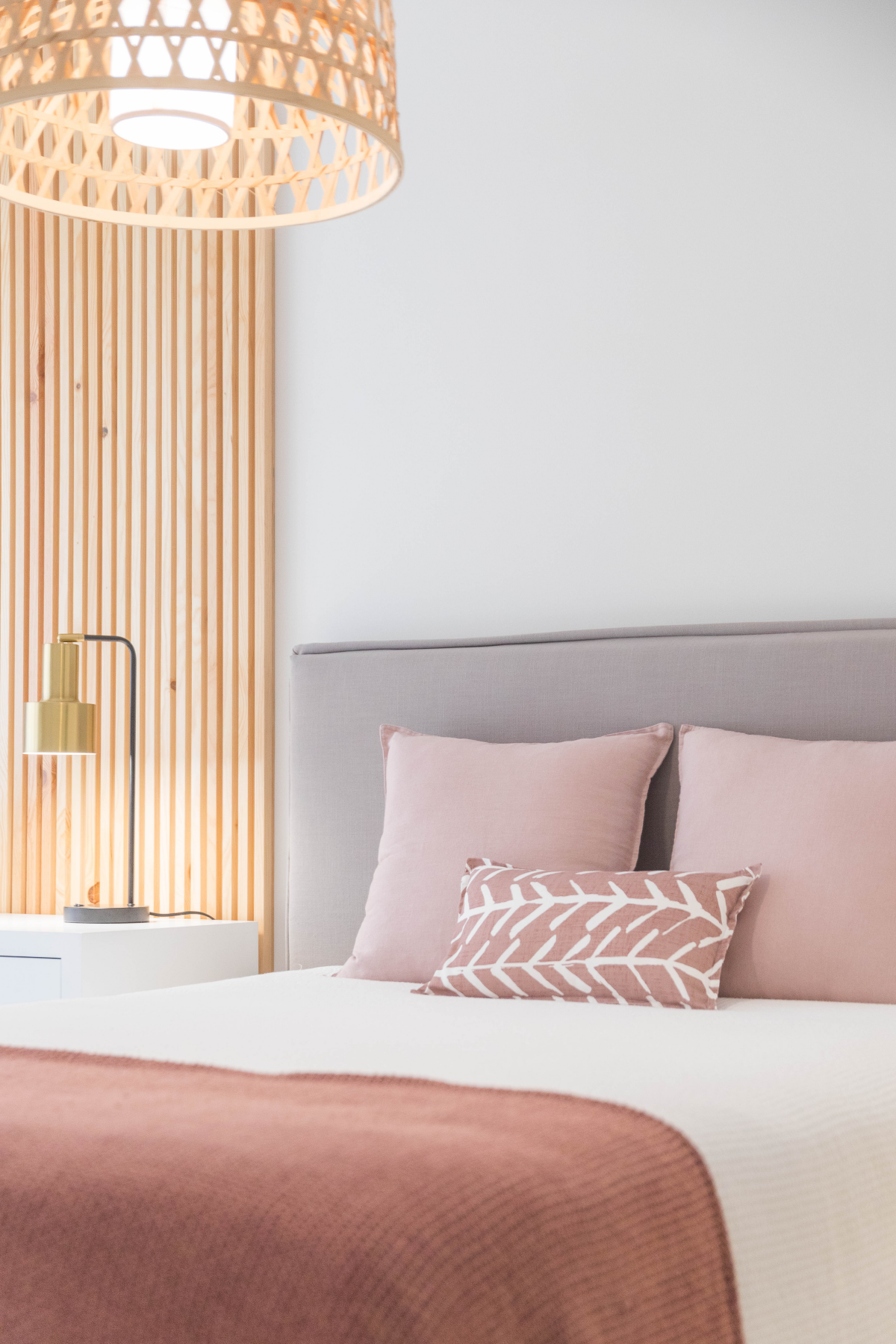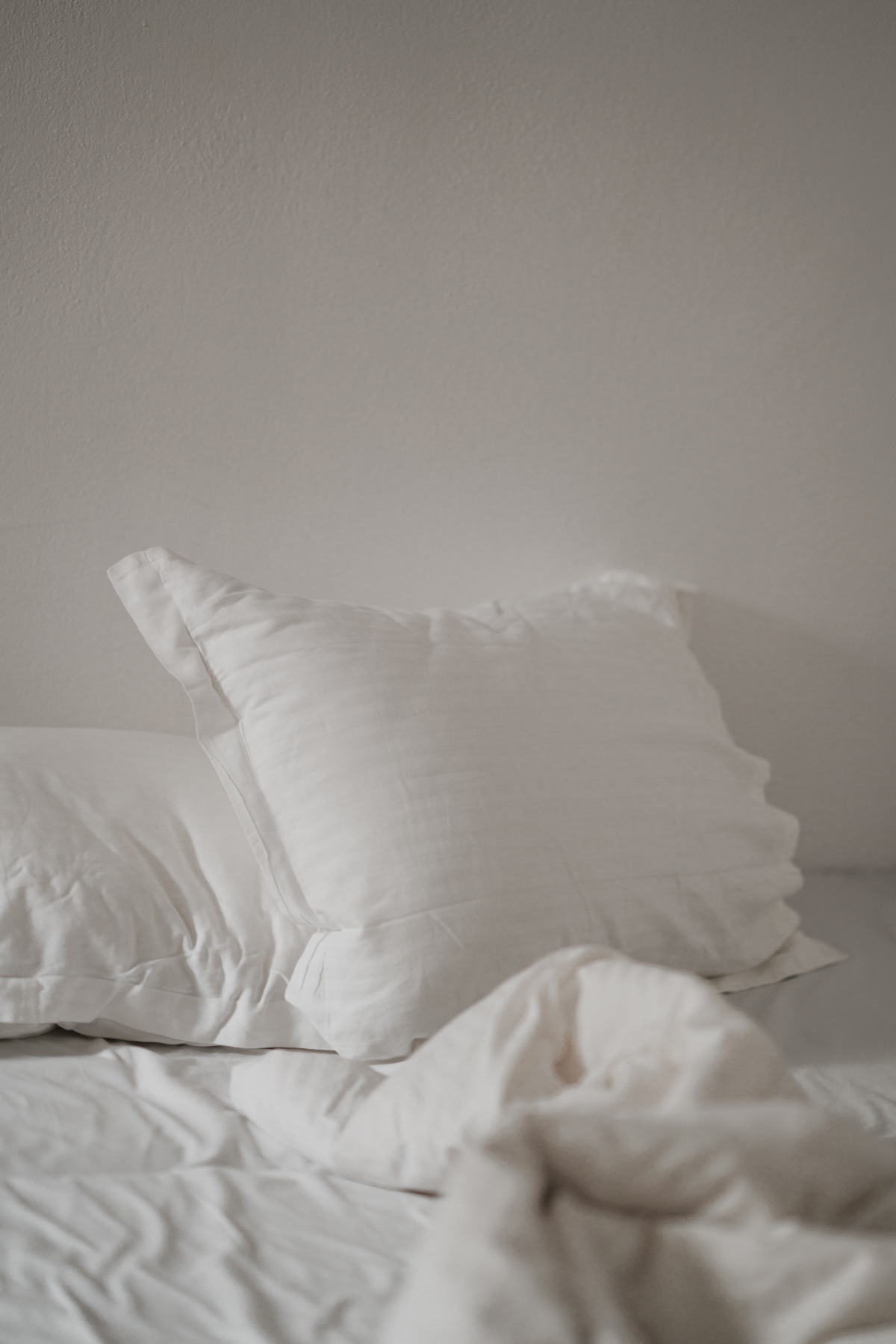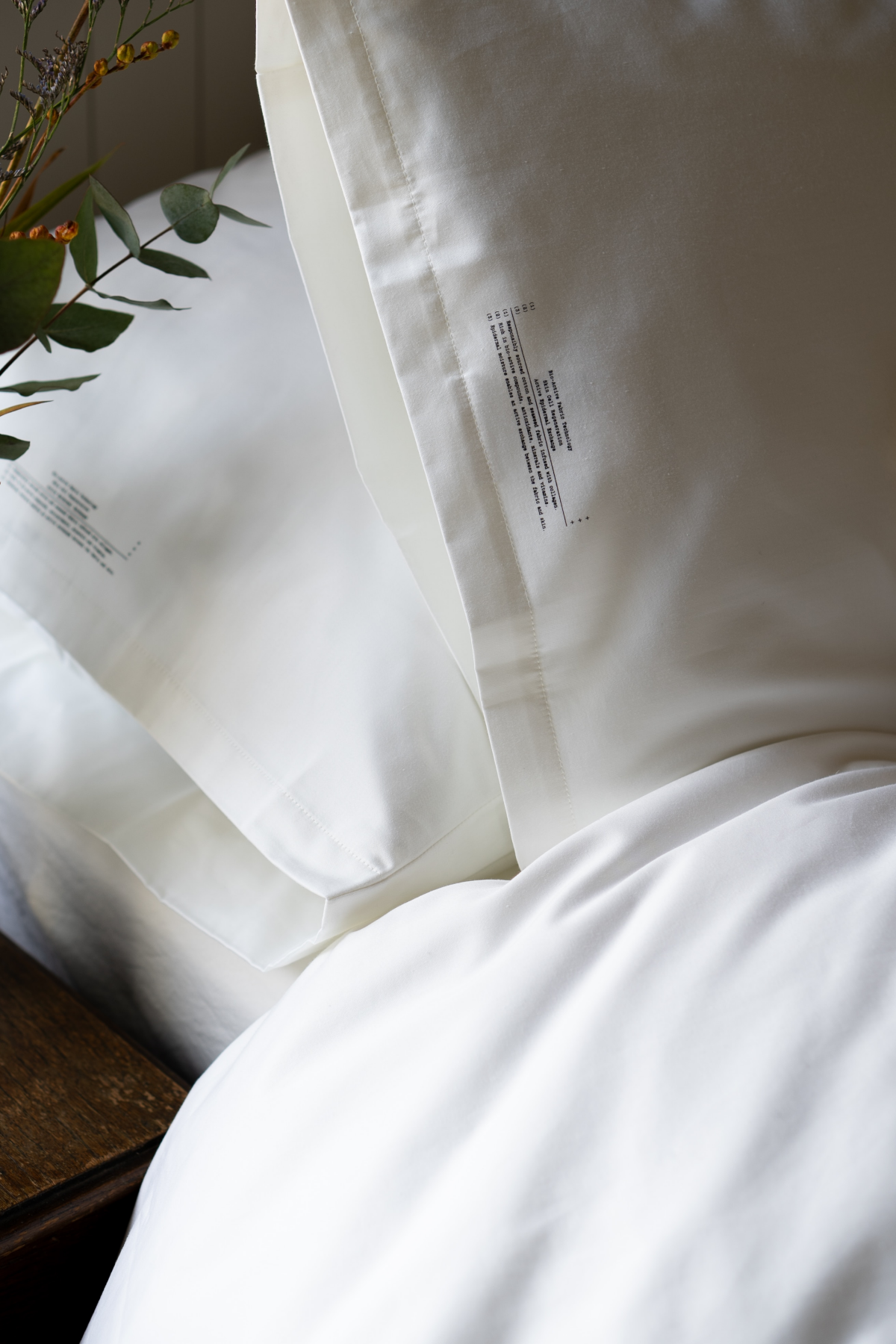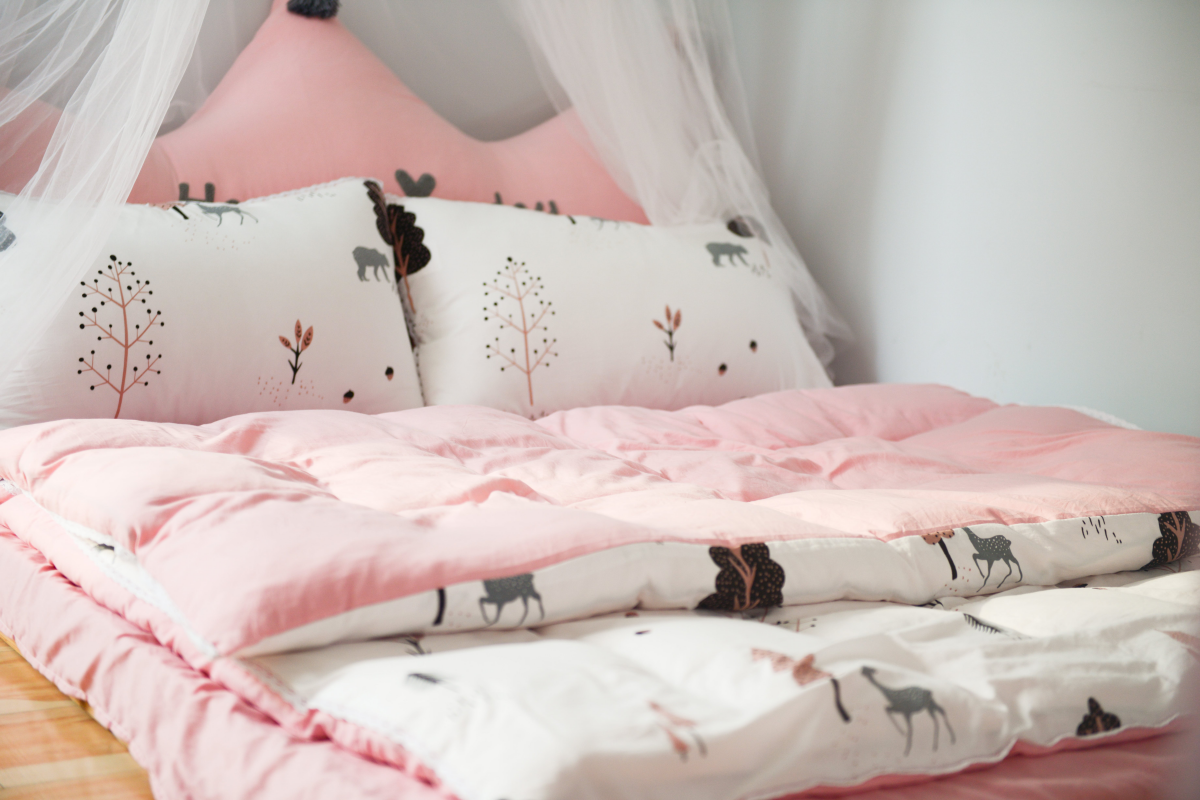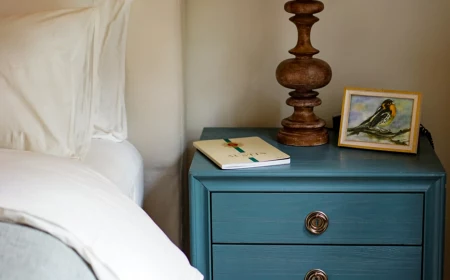What Is A Duvet Cover? Everything You Need To Know
In the pursuit of the perfect night’s sleep and a beautifully styled bedroom, the importance of selecting the right bedding cannot be overstated. Among the myriad of options available, duvet covers have gained considerable popularity, skillfully blending functionality with aesthetic appeal. With this comprehensive guide, we aim to demystify duvet covers. Today, we will shed light on what they are, as well as the variety of materials used in their construction. We will also see how they stack up against other types of bedding. By providing in-depth knowledge and insights, this guide is designed to equip you with all the necessary information to make an informed and tailored choice for your unique bedding needs, ensuring both comfort and style in your personal sanctuary.
The importance of selecting the right bedding cannot be overstated
In this article
What Is a Duvet Cover?
A duvet cover functions as a protective layer, much like a pillowcase does for a pillow. However, it is for duvet inserts or comforters. Its primary role is to safeguard the duvet from everyday dirt, accidental spills, and general wear and tear. In addition to offering protection, duvet covers are a convenient solution for updating the look of your bedding without the need for significant investment. They come equipped with closures like buttons or zippers, allowing them to be easily removed and laundered. This attribute not only makes duvet covers a practical choice but also enhances the hygiene of your bedding ensemble. The ease of changing a duvet cover also allows for versatility in bedroom aesthetics. It enables you to switch styles with the seasons or as per your mood, without having to replace the entire bedding set.
A duvet cover functions as a protective layer for your duvet
What Are Duvet Covers Made From?
The choice of material for duvet covers is as varied as it is crucial, with each fabric offering distinct advantages. Cotton, with its renowned breathability and durability, remains a popular choice for those seeking comfort and longevity. It’s particularly favored for its ability to wick away moisture, ensuring a comfortable sleep even in warmer climates. Linen is another natural fiber. It is valued for its unique textured appearance and natural cooling properties. This makes it an ideal choice for hot sleepers or summer bedding. On the more luxurious end of the spectrum, silk duvet covers offer unparalleled softness and a sleek, opulent look. Silk enhances the bedroom’s luxury quotient. For budget-conscious consumers or those seeking low-maintenance options, synthetic fibers like polyester present an affordable and carefree alternative. These materials are not only cost-effective but also resist wrinkling and fading, requiring minimal upkeep.
The choice of material for duvet covers is as varied as it is crucial
Duvet vs Comforter
Understanding the distinction between a duvet and a comforter is key in choosing the right bedding. A duvet is essentially a soft, flat bag, generously filled with down, feathers, or a synthetic alternative. It is designed to be enveloped within a duvet cover. This design allows for ease of cleaning and versatility in style, as the cover can be changed to suit different decor preferences. In contrast, a comforter is a single, quilted bedding piece, typically thicker and fluffier than a duvet. It comes in various colors and patterns and does not require an additional cover. Comforters are often preferred for their convenience, as they don’t necessitate a separate cover. However, this also means they lack the flexibility of a duvet in terms of style changes and are generally bulkier to launder.
Understanding the distinction between a duvet and a comforter is key in choosing the right bedding
Duvet vs Duvet Cover
Clarifying the difference between a duvet and a duvet cover is crucial in understanding their roles in bedding. A duvet is often referred to as a duvet insert. It is the plush, quilted layer that lies atop the bed to provide warmth and comfort. Filled with natural or synthetic fibers, it is the core element that ensures a cozy sleep. On the other hand, a duvet cover is akin to a protective sleeve for the duvet. It’s a removable covering that not only safeguards the duvet from wear and tear but also provides an opportunity for aesthetic change in the bedroom. The duvet cover enables a quick and efficient way to alter the room’s decor by simply switching the cover. This is a feature not available with traditional comforters. This duo offers both functionality and flexibility.
Clarifying the difference between a duvet and a duvet cover is crucial in understanding their roles in bedding
Pros and Cons of Duvet Covers
Just like most things, duvet covers also come with a set of distinct advantages and some considerations. Understanding the advantages and drawbacks of duvet covers is crucial for making an informed bedding choice. While they offer significant benefits in terms of style flexibility and ease of maintenance, there are also some considerations to keep in mind. Here’s a breakdown of the pros and cons to help you decide if a duvet cover is right for your bedding needs:
Duvet covers also come with a set of distinct advantages and some considerations
Pros
- Ease of cleaning: Duvet covers can be easily removed and washed. Unlike bulkier comforters or duvets, making them convenient to maintain.
- Styling versatility: They allow for quick and effortless changes in bedroom decor as you can switch covers to match different styles or seasons.
- Protective layer: Duvet covers extend the life of your duvet by protecting it from dirt, spills, and wear.
- Comfort customization: They enable easy adjustments to your bedding’s warmth. This is thanks to the fact you can choose different duvets or inserts to use with the same cover.
- Allergy management: Regular washing of the cover can help reduce allergens, beneficial for those with allergies or sensitivities.
Duvet covers can be easily removed and washed
Cons
- Initial investment: Quality duvet covers can be a significant initial expense, especially when purchasing multiple for varied styles.
- Changing challenges: Some people find removing and replacing the duvet within the cover cumbersome, particularly with larger bed sizes.
- Wrinkle potential: Depending on the material, duvet covers can wrinkle easily, requiring extra care like ironing for a crisp appearance.
- Size mismatch: Finding the right size and fit for your duvet can sometimes be challenging, as sizes may vary between brands.
- Maintenance requirements: Certain materials of duvet covers may require special care instructions, like cold water wash or air drying, adding to maintenance efforts.
Quality duvet covers can be a significant initial expense
FAQs
Do you use a duvet cover by itself?
A duvet cover is not typically used on its own but as part of a bedding setup that includes either a duvet or a comforter. The primary role of a duvet cover is to act as a protective and decorative layer for the duvet, which provides the actual warmth and comfort. Using a duvet cover by itself would be akin to using just a pillowcase without the pillow. The cover is designed to encase a duvet, much like a pillowcase encloses a pillow, and it relies on the duvet for its shape and bulk. This setup not only enhances the longevity of the duvet by protecting it from direct contact with skin and environmental factors but also allows for an easy and cost-effective way to change the aesthetic of your bedding.
A duvet cover is not typically used on its own but as part of a bedding setup
Is it OK to sleep without a duvet cover?
While it’s physically possible to use a duet without its cover, it’s not advisable from a longevity and hygiene perspective. The duvet cover acts as a barrier, protecting the duvet from oils, sweat, dust, and other contaminants that can accumulate over time. Without this layer of protection, the duvet is more susceptible to wear and tear, and the buildup of dirt and allergens. Additionally, cleaning a duvet is more cumbersome than washing a duvet cover, so using the cover can save time and effort in maintenance. Regularly washing the duvet cover ensures that your bedding remains clean and fresh, thereby extending the life of your duvet and maintaining a hygienic sleep environment.
The duvet cover acts as a barrier
Do you use a sheet with a duvet cover?
The decision to use a top sheet with a duvet cover is largely a matter of personal preference. Some people prefer the simplicity of just using a duvet cover, as it can make the process of making the bed quicker and easier. Others, however, opt for a top sheet for additional hygiene and comfort reasons. A top sheet can provide a soft barrier between you and the duvet, potentially reducing the frequency needed to wash the duvet cover. It can also be preferable in warmer months when a lighter cover is desired. Cultural and regional bedding practices also play a role in this decision, as the use of a top sheet varies widely in different parts of the world.
The decision to use a top sheet with a duvet cover is largely a matter of personal preference
Do you wash a duvet or duvet cover?
In general, you should regularly wash the duvet cover, while the duvet itself requires less frequent cleaning. The duvet cover, being the outermost layer, is more exposed to body oils, sweat, and dust, making regular washing necessary to maintain cleanliness and hygiene. On the other hand, the duvet, protected by the cover, typically only needs washing a few times a year, depending on usage and individual preferences. It’s important to follow the specific care instructions for both the duvet and the cover, as improper washing can damage the materials, especially for duvets filled with natural materials like down or feathers. Regular laundering of the cover and appropriate care for the duvet ensure a clean, comfortable, and healthy sleep environment.
You should regularly wash the duvet cover
Now you have the answer to the question “what is a duvet cover?”. Understanding the various aspects of a duvet cover, from its material to its maintenance, is key to making the right bedding choice. Whether you prioritize ease of care, style versatility, or both, a duvet cover offers a practical and stylish addition to any bedroom. By considering these factors, you can enhance both the comfort and aesthetic of your sleeping space.
Now you have the answer to the question “what is a duvet cover?”
